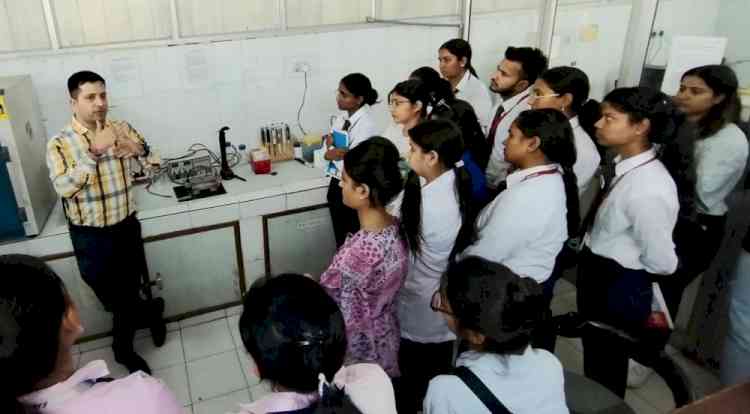Epilepsy in children is not always life-long- by Dr Jatinder Singh Goraya
Epilepsy is one of common chronic diseases that afflict human beings, and worldwide millions of peoples are known to be affected by it. A person with recurrent seizures or fits is said to have epilepsy. The world over, patients with epilepsy...

Epilepsy is one of common chronic diseases that afflict human beings, and worldwide millions of peoples are known to be affected by it. A person with recurrent seizures or fits is said to have epilepsy. The world over, patients with epilepsy suffer from social stigma, are treated differently and discriminated at home, in peer groups as well as at work places.
There are several causes of epilepsy, and these vary according to the age at which a person starts having epileptic seizures. For examples, causes of seizures in infants are different from those of older children or adolescents. In general epilepsy can be divided into two categories on the basis of underlying causes. One kind of epilepsy is the result of brain damage caused by head injury, brain infections such as meningitis or neurocysticercosis (brain-worm), use of drugs or intoxicants such as alcohol, illicit drugs, congenital brain abnormalities, or brain injury at the time of birth. Children with epilepsy in this group tend to have more frequent and longer seizures. Also response to treatment may not always be good and multiple antiepileptic drugs may be required to control epilepsy.
In others, especially in children, epilepsy cannot be related to any known cause of brain injury and this form of epilepsy is also called idiopathic epilepsy. Majority of such patients have genetic or hereditary basis for their epilepsy, and other family members may have been affected by epilepsy. Children in this category of epilepsy have normal intelligence, and have no symptoms other than epileptic seizures. Fortunately, this is the major form of epilepsy in children. Epilepsy in children belonging to this category starts at a specific age, and then spontaneously resolves after a few years during childhood. This means, epilepsy begins and stops during childhood and does not continue for life. The seizures are usually not very frequent, and generally tends to be brief. Additionally treatment is only necessary if seizures are frequent, and response to treatment with epilepsy medications is usually very good. Idea of treatment in these children is to keep them free from seizures so that they can go to school and participate in learning and other day to day activities without any fear. The treatment if started is generally continued for some years under the supervision of the doctor and requires regular visits to the doctor. Once the child has been seizure free for certain period of time, treatment is gradually withdrawn. In most of the children epilepsy disappears before 16 years of age. These children then can be considered as having been cured of epilepsy for rest of their life.
Physician’s job is to identify this subgroup of patients with self limited epilepsy, and share this information to the parents/patients help relieve the anxieties associated with the diagnosis of epilepsy.
(Dr Jatinder Singh Goraya, Pediatric Neurologist Dayanand Medical College and Hospital, Ludhiana.
Date:
Sunday, February 7, 2016

 cityairnews
cityairnews 
















